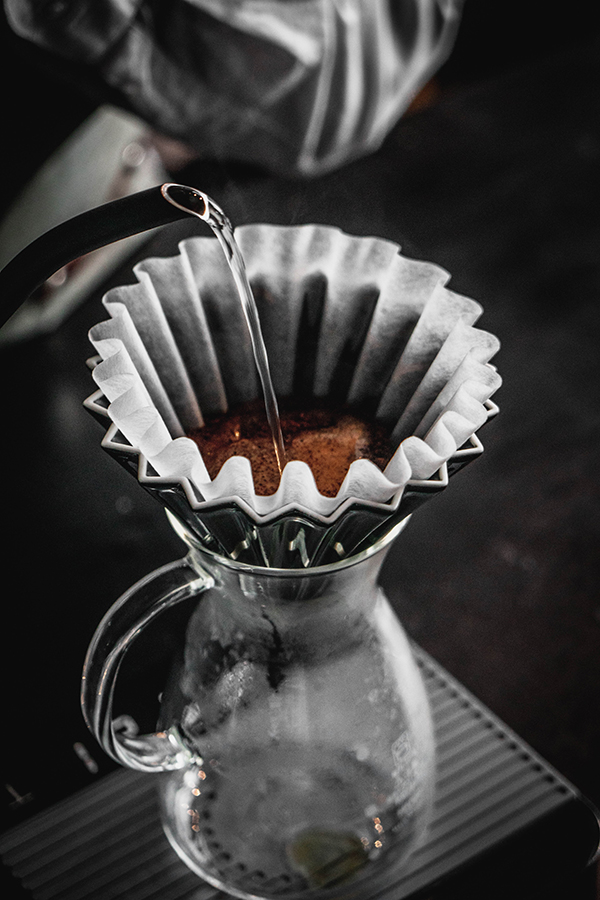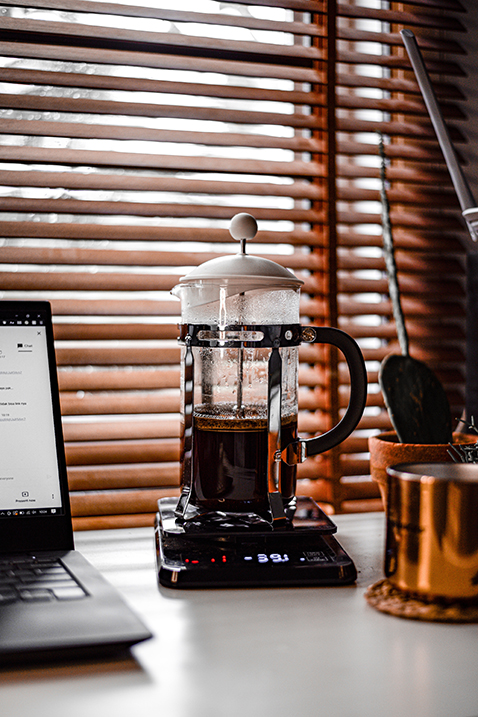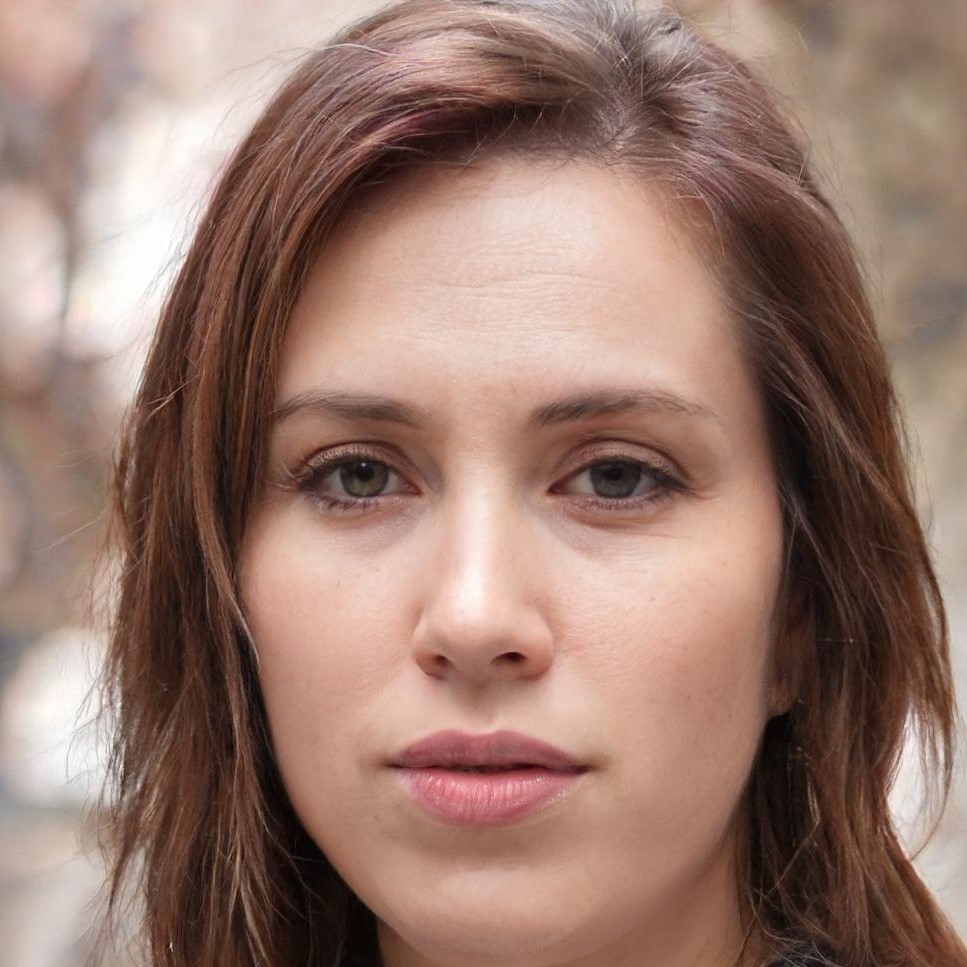In the world of coffee, manual brewing techniques have gained significant popularity among enthusiasts and professionals alike. These methods offer a hands-on approach to coffee making, allowing for a deeper understanding and appreciation of brewing.
The importance of manual brewing techniques lies in the control they offer. Unlike automatic machines, manual brewing allows you to manipulate every variable in the coffee-making process.
From the grind size and water temperature to the brewing time, you can influence your coffee’s taste, aroma, and overall quality. This control can lead to a more satisfying and personalized coffee experience.
Read on for a useful insight into manual brewing techniques to help you get going on your coffee brewing adventure!
| Key Takeaways | |
|---|---|
| 1 | Manual brewing techniques like drip brewing, press brewing, pour-over, AeroPress, and siphon brewing offer a hands-on approach to coffee making, allowing for a deeper understanding and appreciation of the brewing process. |
| 2 | Each brewing method has its unique benefits and can produce a different flavor profile. For example, drip brewing results in a clean, refined taste, while press brewing produces a full-bodied, richly flavored cup of coffee. |
| 3 | The “best” manual brewing method depends on personal taste and preferences. It’s important to experiment with different techniques and adjust the variables to your taste to find the method you like best. |
The Art of Pour-Over Brewing
One of the most popular manual brewing techniques is pour-over. It involves pouring some hot water over the coffee grounds and allowing the brew to drip down into a carafe or cup. The result is a clean and clear cup of coffee that highlights the unique characteristics of the coffee beans.

The benefits of pour-over are numerous:
- It’s a relatively straightforward method, making it accessible to beginners.
- It’s highly consistent, consistently producing a reliable cup of coffee.
- It’s versatile, working well with a wide range of coffee beans and roast levels.
Here’s a step-by-step guide to perfecting your pour-over technique:
- Start with freshly roasted, high-quality coffee beans. Grind them to a medium-fine consistency just before brewing.
- Place a paper filter in your drip brewer. Rinse the filter with hot water which will remove any paper taste.
- Add your coffee grounds to the filter. A good starting point is 1 gram of coffee for every 15-17 grams of water, but feel free to adjust to taste.
- Boil your water. The ideal temperature for brewing coffee is from 195-205 degrees Fahrenheit.
- Pour a small volume of water over the coffee grounds to wet them evenly. It is called the “bloom” and allows the coffee to degas, leading to a more even extraction.
- After about 30 seconds, begin pouring the rest of the water in a very slow, circular motion, making sure to wet all the coffee grounds evenly.
- Allow the coffee to drip into your carafe or cup. The entire process should take you approximately 3-4 minutes.
To perfect your pour over technique, consider the following tips:
- Always use fresh, high-quality coffee beans. The quality of your beans will significantly impact the taste of your coffee.
- Experiment with your grind size. Different coffees may taste better with a slightly coarser or finer grind.
- Keep your equipment clean. Coffee residue can build up over time and affect the taste of your brew.
You can enjoy a delicious, hand-crafted cup of coffee any time by understanding and mastering the art of drip brewing.
The Science of Press Brewing

Another popular manual brewing technique is press brewing, often associated with the French Press. This method involves steeping coffee grounds in hot water for several minutes, then pressing a metal mesh filter down to separate the grounds from the liquid.
The benefits of press brewing are distinct and appealing. Unlike pour-over, press brewing retains the oils and fine particles from the coffee grounds, resulting in a full-bodied and richly flavored cup of coffee. It also allows for more control over the brewing time, which can significantly influence the taste of the coffee.
Here’s a step-by-step guide to mastering your press brewing technique:
- Start with freshly roasted, high-quality coffee beans. Grind them to a coarse consistency just before brewing.
- Add the grounds to the French Press. A good starting point is 1 gram of coffee for every 15-17 grams of water, but feel free to adjust to taste.
- Boil your water. The perfect temperature for brewing coffee is 195-205 degrees Fahrenheit.
- Pour your water over the grounds, ensuring they are fully submerged.
- Let the coffee steep for 4 minutes. It allows for the complete extraction of the coffee’s flavors.
- Slowly press the plunger down, separating the grounds from the liquid.
- Pour and enjoy your coffee immediately to avoid over-extraction.
To perfect your press brewing technique, consider the following tips:
- Experiment with your brewing time. A longer steep time will see a stronger, more robust cup, while a shorter steep will yield a lighter, more delicate flavor.
- Clean your French Press thoroughly after each use. Coffee residue can build up over time and affect the taste of your brew.
- Use a burr grinder for a consistent, coarse grind. It will prevent fine particles from passing through the filter and muddying your brew.
For more insights and tips, check out this comprehensive guide on how to brew coffee.
Comparing Pour Over and Press Brewing
When comparing pour-over and press brewing, several factors come into play.
Regarding taste, press brewing tends to produce a richer, fuller-bodied coffee due to more oils and fine particles. Pour-over, on the other hand, results in a cleaner, more refined taste, highlighting the unique characteristics of the coffee beans.
The texture of the coffee also differs between the two methods. Press brewed coffee often has a thicker, more substantial mouthfeel, while pour-over coffee is typically smoother and lighter.
In terms of aroma, both methods can produce wonderfully aromatic coffee. However, the aroma can vary depending on the type of coffee used and the specific brewing parameters.
Finally, both methods are versatile and work well with various coffee types. However, certain coffees may shine more in one method than the other. For example, a delicate, floral coffee might be better showcased in a pour-over, while a bold, robust coffee might be more suited to a press brew.
Ultimately, the choice between pour-over and press brewing comes from personal preference. Both methods offer unique benefits and can produce a delicious cup of coffee. The key is experimenting and see what best works for you.
Other Popular Manual Brewing Techniques
While pour-over and press brewing are two of the most popular manual brewing techniques, there are several other methods worth exploring.
- Drip Brewing: This method typically using a drip coffee making machine. The water drains through the coffee, extracting flavors and aromas, and then drips down into the vessel below.
- AeroPress: The AeroPress is a relatively new addition to the world of manual brewing. It uses a combination of immersion and pressure to brew coffee. The result is a smooth and rich coffee that can be made in just a few minutes.
- Siphon Brewing: Also known as vacuum brewing, siphon brewing uses two chambers where vapor pressure and vacuum produce coffee. This method is known for its theatrical brewing process and its clean, vibrant cup.
Conclusion
Manual brewing techniques offer a hands-on approach to coffee making, allowing you to control every variable in the brewing process. Whether pour-over, Press, drip, AeroPress, or siphon brewing, each method has unique benefits and can produce a delicious cup of coffee. The key is experimenting with different techniques, adjusting the variables to your taste, and enjoying the process. So, why not give it a try? You might discover your new favorite way to brew coffee.
FAQ
What is the best manual brewing method?
The “best” manual brewing method depends on your taste and preferences. Some people prefer the clean, refined taste of drip brewing, while others enjoy the full-bodied richness of press brewing. Experiment with different methods to find the one you like best.
What are the three methods of brewing coffee?
There are several ways to brew a cup of coffee, but three popular methods are drip brewing, press brewing, and pour-over brewing. Each method has its unique characteristics and can produce a different flavor profile.
What is the manual brew method?
The manual brew method refers to coffee brewing techniques that require hands-on control over the brewing process. It includes methods like drip brewing, press brewing, pour-over, AeroPress, and siphon brewing.
What are the four main methods of brewing coffee described in our text?
The four main methods of brewing coffee we discussed are drip brewing, press brewing, pour-over brewing, and AeroPress brewing. Each method offers unique benefits and can produce a distinct flavor and aroma profile.

Written by Carla – Coffee Writer and Researcher at MyCoffeeBeanz.com
Carla has a long association with coffee and one of her fondest childhood memories is the wonderful aroma of coffee beans ground daily by her Italian father to start his working day. As a full time writer and researcher in the coffee industry, Carla is committed to providing well researched and written coffee-related content for our readers. More about Carla
